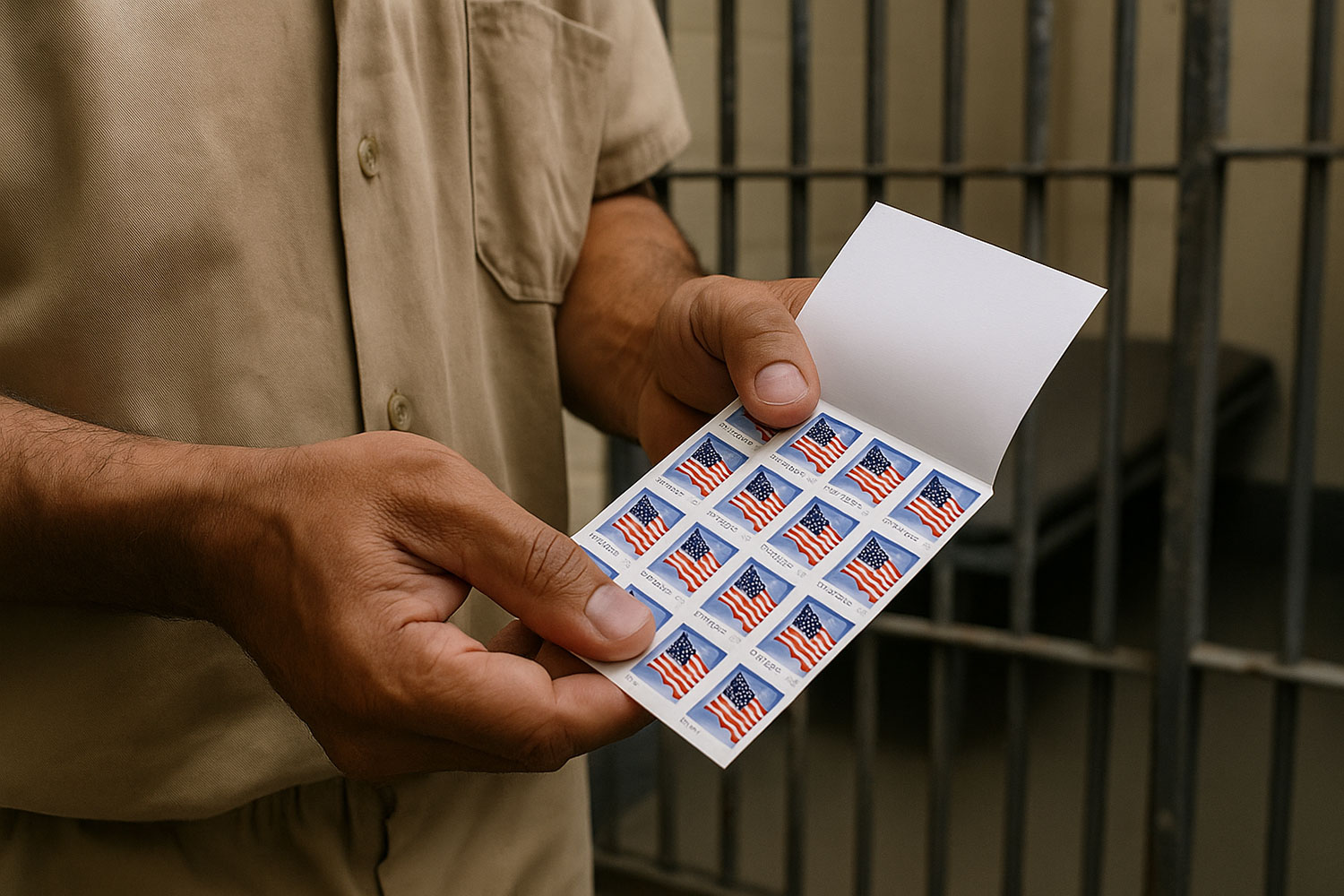Incarceration often brings a drastic shift in how individuals interact with the outside world. While phone calls and emails are options in many facilities, traditional mail remains a vital lifeline. Within the prison system, a “book of stamps” takes on greater significance than just pre-paid postage. For inmates, stamps can serve as both a means of communication and a form of currency. This article explores the importance of a book of stamps in prison, how inmates use it, and why it’s such a valuable commodity behind bars.
What is a Book of Stamps?
A book of stamps typically contains 20 first-class postage stamps and is available for purchase through the U.S. Postal Service. These stamps are used to send letters, legal correspondence, and approved materials to friends, family members, and attorneys. In prison, a book of stamps has a monetary and functional value far beyond its original purpose.
Communication Lifeline
Maintaining contact with loved ones is one of the few freedoms inmates retain. Letter writing is a key way to:
- Stay in touch with family and friends
- Communicate with legal representatives
- Reach out to support organizations or advocacy groups
Because phone privileges may be limited and monitored, many inmates turn to physical mail. A book of stamps ensures they can continue this essential correspondence.
A Medium of Exchange
In many correctional facilities, a book of stamps is considered a form of barter currency. While officially prohibited as currency by most prison systems, stamps are:
- Traded for food items
- Exchanged for laundry or personal favors
- Used to purchase handmade goods or art
Inmates who lack access to commissary funds often rely on stamps to participate in this informal economy. Unlike money, stamps are lightweight, easily concealable, and universally recognized within the prison environment.
Restrictions and Regulations
Prison policies typically control the possession and exchange of stamps. Common rules include:
- Limiting the number of stamps an inmate can possess at one time
- Prohibiting the trade or sale of stamps between inmates
- Requiring stamps to be purchased through approved channels, such as commissary orders or mail from verified contacts
Violating these rules may result in disciplinary action, including loss of privileges or placement in solitary confinement.
Sending a Book of Stamps to an Inmate
If you’re considering sending a book of stamps to an incarcerated loved one, it’s important to follow the facility’s specific guidelines. Typically:
- Only new, unused stamps are accepted
- Some prisons only allow stamps to be purchased through the commissary
- Others may permit stamps to be included in a letter or ordered through approved vendors
Always check the current mail policies for the inmate’s specific facility to avoid having your mail rejected or discarded.
Alternatives to Books of Stamps
Some prisons now offer digital options such as electronic messaging services, but these often require paid accounts and are not universally available. Where electronic messaging is not an option, stamps remain the primary method of maintaining written contact.
In addition, inmates can sometimes request “indigent” mail services if they have no money, which may provide a limited number of stamps per month for legal or personal use. However, access is restricted and monitored closely.
A book of stamps in prison is far more than a convenience—it represents communication, connection, and a touch of dignity in an otherwise regulated environment. Whether used for writing letters or exchanged within the prison’s informal economy, stamps play a crucial role in the lives of many inmates. Understanding their value can help loved ones on the outside provide meaningful support while navigating the complexities of the correctional system.




